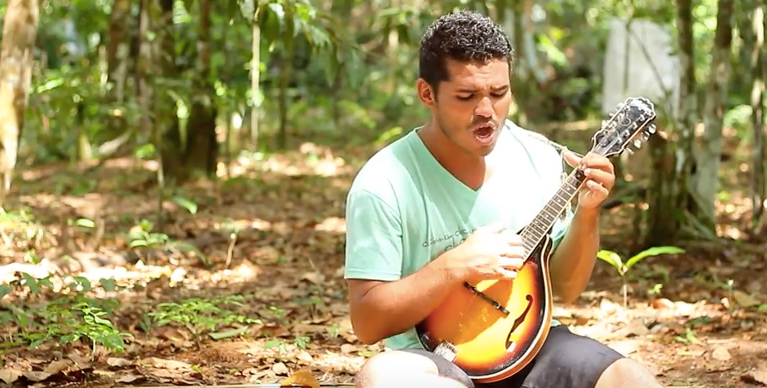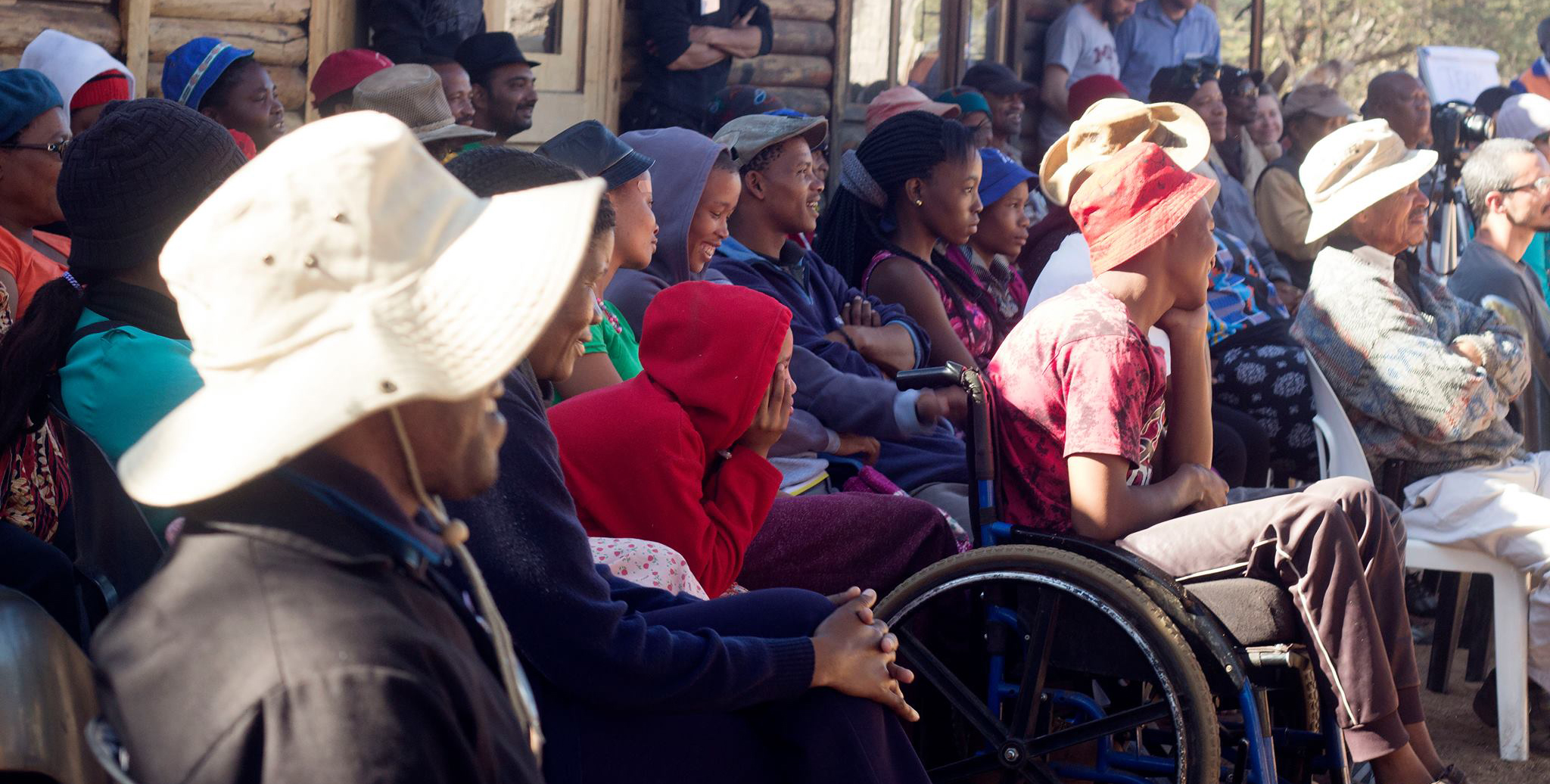The Story of Empowerment and Co-Creation at IDDS Climate Change Adaptation – A Data Deep Dive
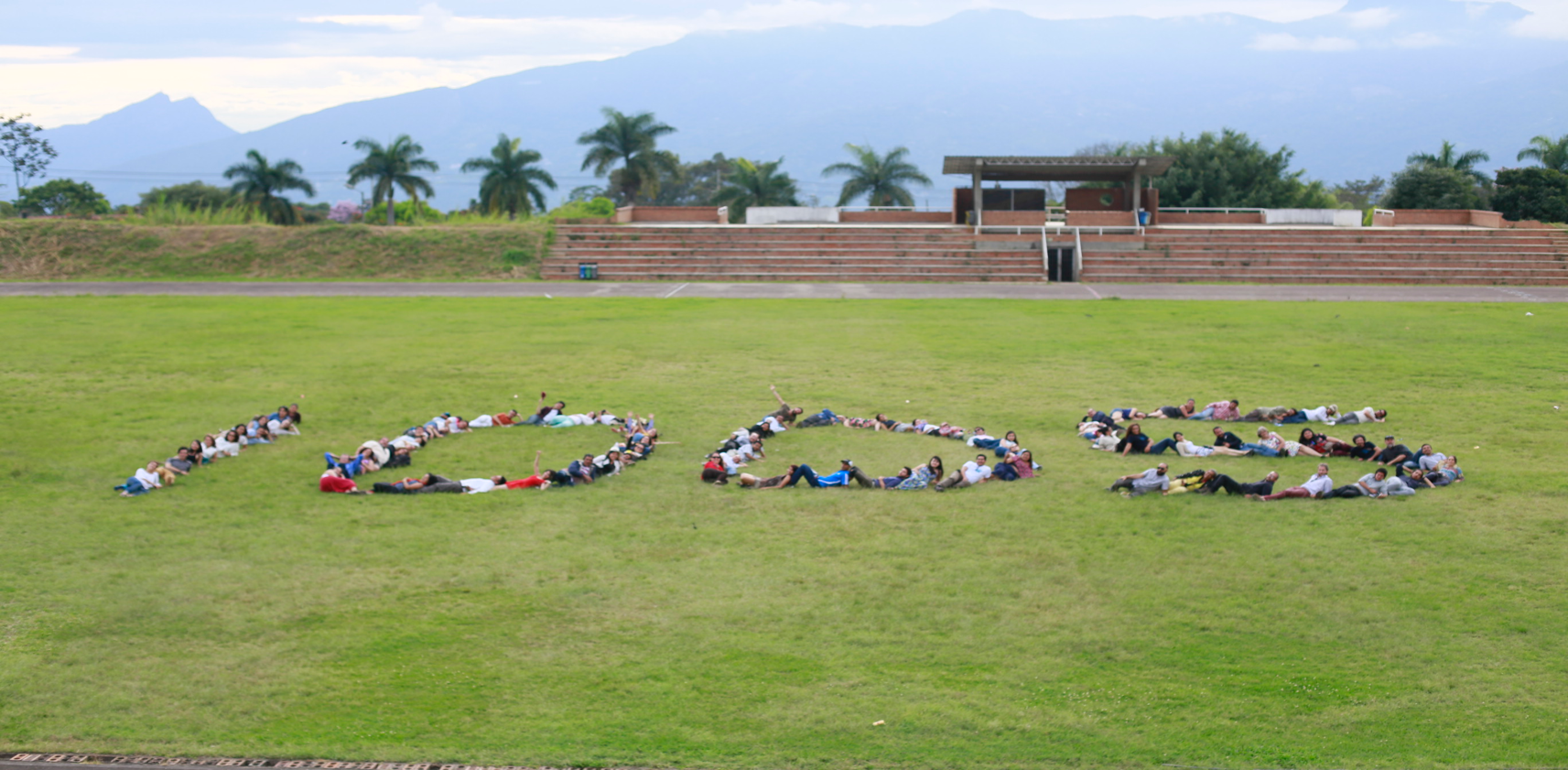
It has now been approximately two and a half months since IDDS Climate Change Adaptation (ACC) came to a close. Upon reflection, one remembers all the smiles, the laughter, the dancing, the learning, the helping and most of all, the co-creating. Through the continued support of a Colombian Innovation Center, C-Innova, as well as some very inspired IDDS ACC alums, many of the prototypes continue to make progress through further iterations.
As I stated in my previous blog post, I believe one of the most important takeaways from this IDDS was the effect it had on the participants. Those who were participants can attest that their creative and innovative passions were rejuvenated. Local community members became empowered in ways they never expected; international participants learned from people they never expected to learn from; classically trained designers and engineers had their pedagogical understandings flipped upside down. I know this because I saw it. Those who participated know this because they saw it too. But does the data support these claims? Let’s take a look!
Demographics
Before we get started examining what they learned, let’s understand who the participants were. As seen in Figures 1 and 2 below, of the 58 total participants there was a really nice balance in terms of gender, age and occupations. This diversity was able to reflect itself positively across the whole summit amongst all the participants.
Figure 1: Demographics

Figure 2: Demographics (continued)

Goals
At the beginning of the summit, all participants were surveyed and asked what they most wanted to accomplish throughout the summit. They were given 13 options to choose from, and they could choose more than one. You can see the responses in Figure 3 below. Interestingly, amongst local community members and international participants the most popular answer was interacting with local communities in a meaningful way. However, amongst Colombian participants (excluding local community members) the most popular answer was joining a strong network of innovators.
Figure 3: Short-term goals at IDDS ACC, pre-summit

Upon completion of the summit, all the participants were surveyed again and asked what they accomplished during the summit. They were given the exact same options to choose from. As you can see from the image Figure 4 below, there was a strong consensus that they accomplished many things. Even though meeting and working with other cultures was not one of the original top-rated options, it ended up being the thing that most felt they accomplished. Lastly, learning effective strategies for co-creation through teamwork (which 85% of participants believe they accomplished) was the only option that was in the top-3 both before and after.
Figure 4: Accomplishments at IDDS ACC
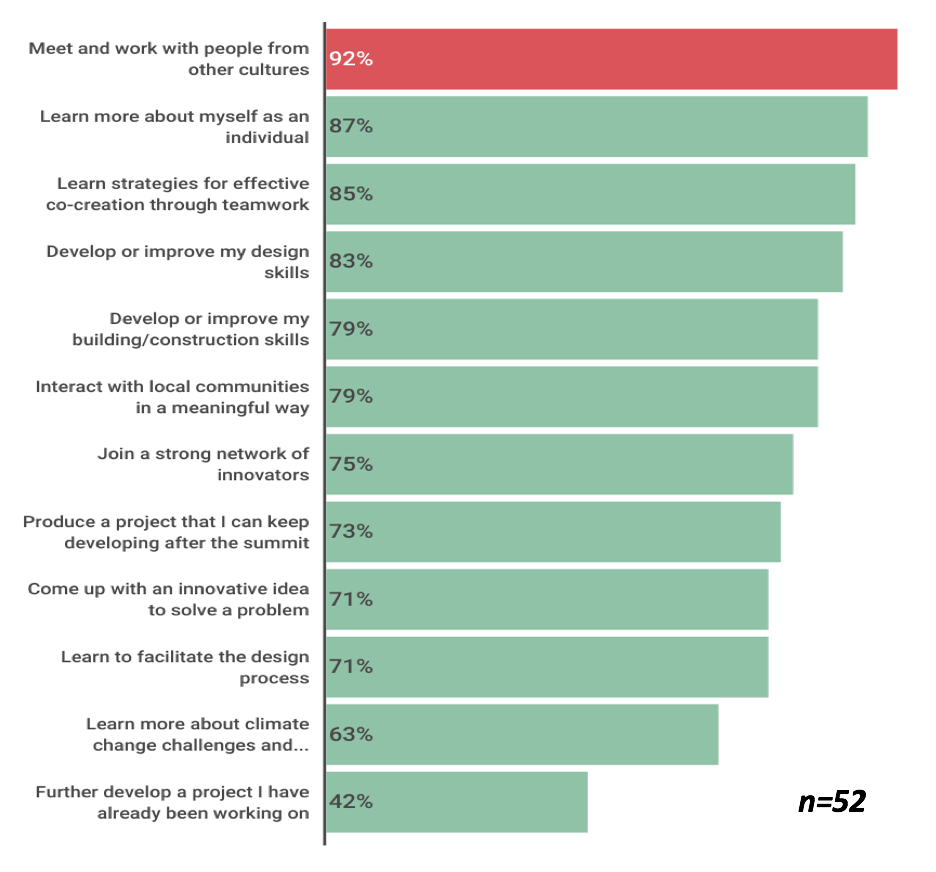
In a very similar way to the previous question, participants were asked before and after the summit what were their goals for the subsequent 12 months. Figure 5 below shows that co-creation once again manifested itself as a priority for the participants. One year from now, we will follow up with these participants and see to what extent they have met the goals they set for themselves.
Figure 5: Long-term goals (12-months after IDDS ACC), pre-and-post summit
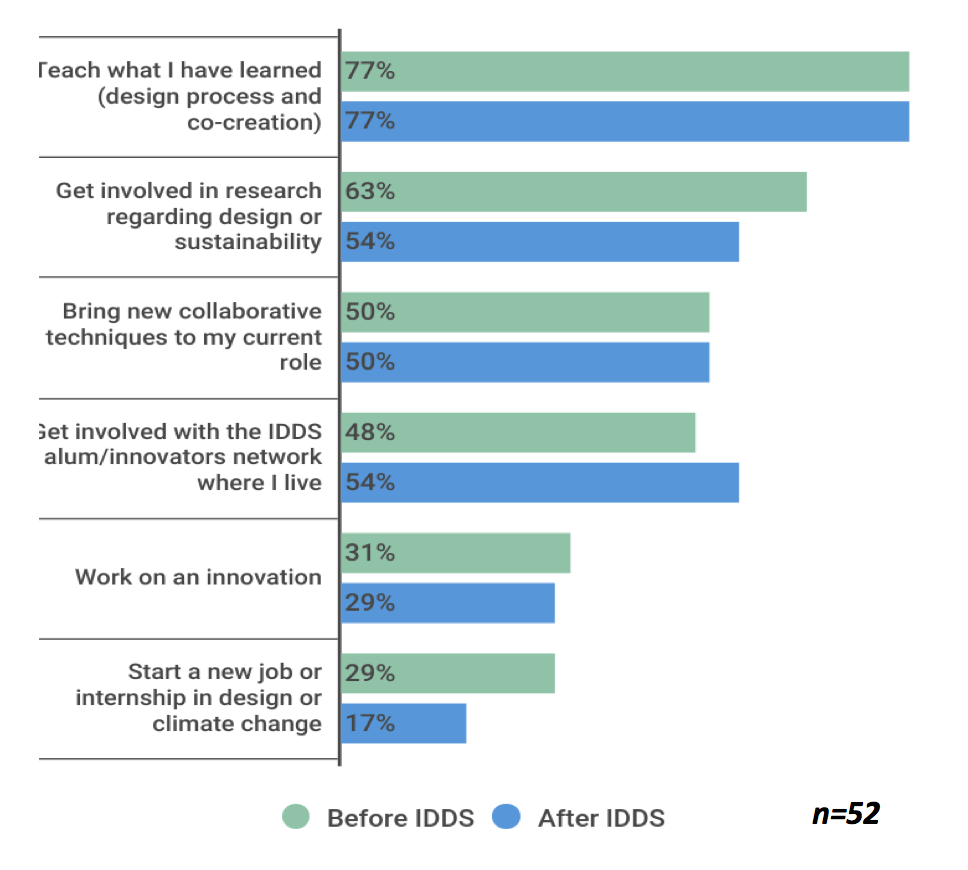
Improvements and Growth
One of the best ways to measure empowerment and learning is through asking about confidence. For that reason, much like the previous questions, there was one question that was the asked in the exact same manner before and after the summit: How confident do you feel doing the following activities? Figure 6 below shows the results.
Figure 6: Confidence ratings, per activity, pre-and-post summit
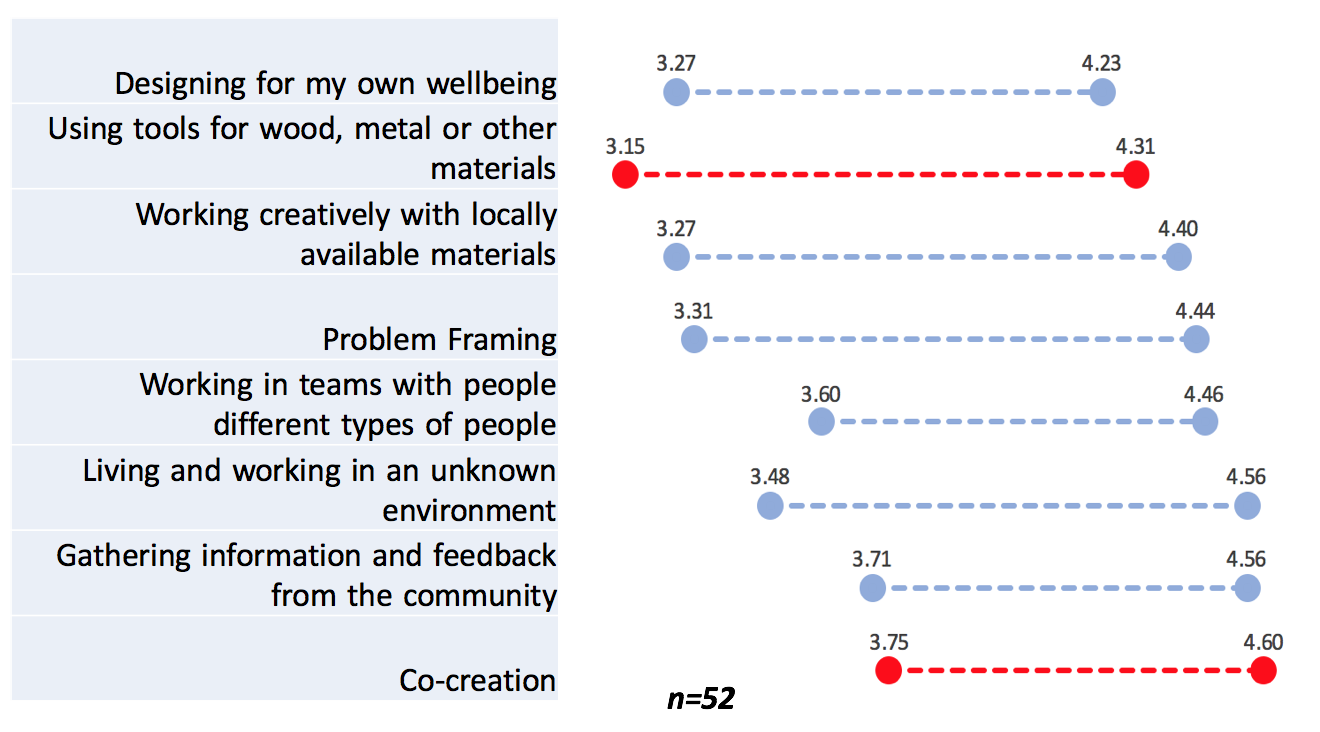
Using a one-to-five scale, five being the highest, we can see that on average co-creation ends up being the activity where they believe they are most confident. In addition, using tools for wood, metal, or other materials is the activity where they show the most growth. However, breaking it down one more step – by regional origin – shows us some interesting findings. For example, on average, local community members showed the most growth in confidence, followed by non-local Colombian participants and then internationals. Table 1 shows a more detailed breakdown.
Table 1: Breakdown of confidence and growth, by activity, per regional origin

Question from Post-IDDS Survey: What was the value of IDDS ACC?
“The diversity of the backgrounds of the participants. My experience has been predominately in academia, where I have had the opportunity to interact with people of diverse backgrounds and nationalities, but always within academia. I was fascinated with the opportunity to interact and work with super diverse people, from whom I learned a lot, while also generating many internal questions.” – IDDS ACC Participant
Conclusion
The data acquired from the participants shows us many interesting things, and I believe it reinforces what I saw. The strongest takeaway – from my eye-test – was how empowered everyone left. Yet this raises the question, how exactly were they empowered? The data above makes the argument that they were empowered through each other. Co-creation is as a method that brings different parties together in order to jointly produce a mutually valued outcome. Therefore, it is no surprise that co-creation, which consistently came through as the participants' top priority and takeaway, was the driver for their empowerment.
Many of the participants left so overwhelmed and moved with what they had experienced that they couldn’t wait to be part of something like that again. For that reason, many IDDS ACC alum are now actively participating in the preparation of two new design summits in Colombia this upcoming year. The first one, IDDS Building Peace, which will take place in January 2018, is focused on bringing communities together toward peace in this historical moment, working in the village El Capricho at the Guaviare region at the Agreed-Upon Zone of the ex-combatants (transition areas accorded with the government for the gathering of the guerillas). You can find more information about IDDS Building Peace here. The second one, IDDS New Coastal Territories, which will take place between June-July of 2018 in the Atlantic region of Colomnia, will focus on working on new settlements and consolidating existing ones. For more information please contact C-Innova.
Empowerment through co-creation can have many effects on individuals. It can lead people to improve their livelihoods, choose a new path for their lives, or teach what they jave learned to others. If all goes according to plan, the way it did at IDDS ACC, two new sets of IDDS alums will leave empowered as well.





